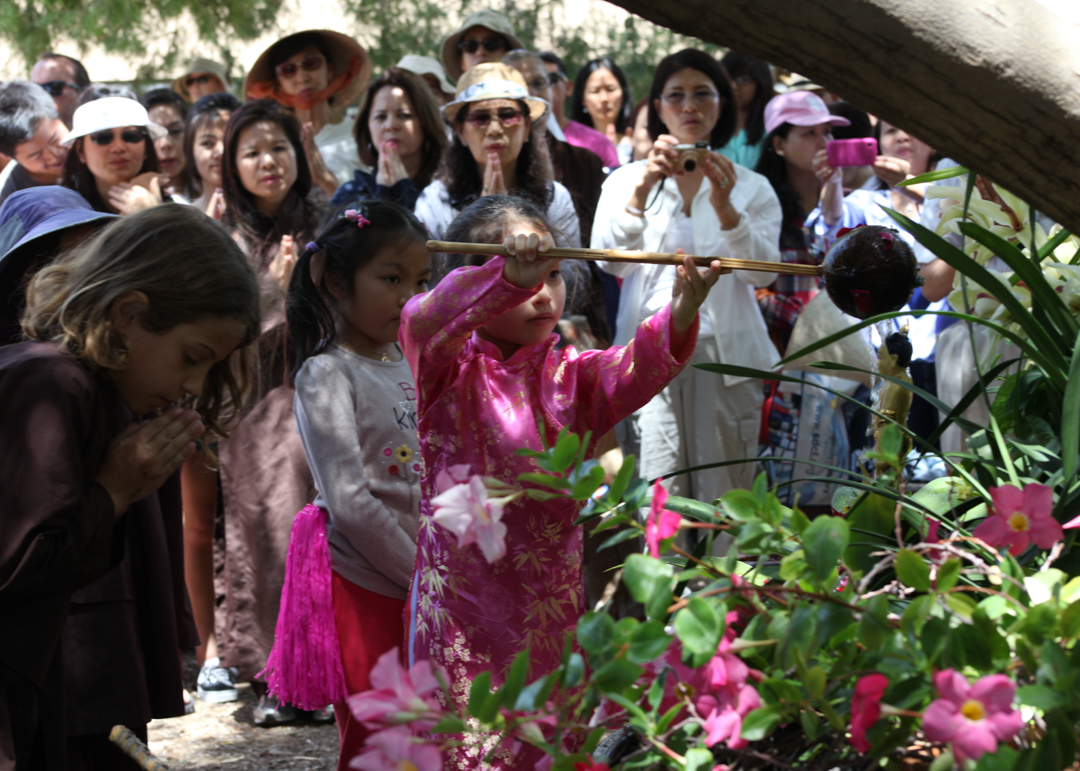By Marjolijn va Leeuwen and Tineke Spruytenburg
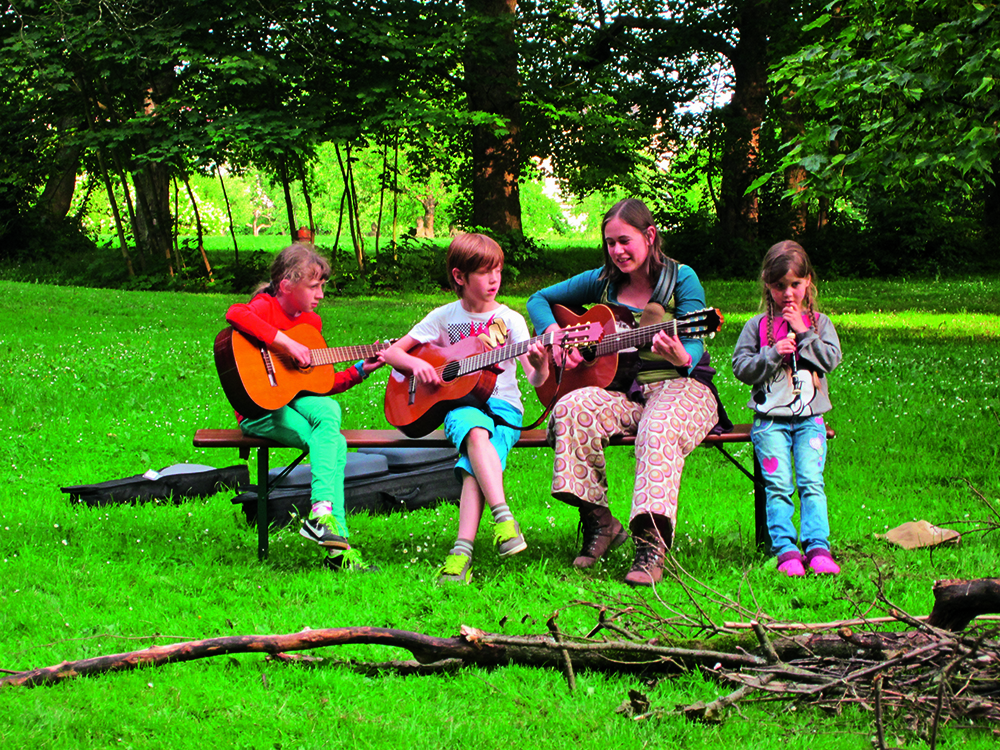
In May 2014, we attended the first Dutch-speaking family retreat in the EIAB with fifteen children, twenty adults, and seven staff members.
What Is Compost?
During the introduction, we talked about compost and flower watering. What is compost? Kai, one of our youngest friends, responded, “It means that old flowers die and become black,
By Marjolijn va Leeuwen and Tineke Spruytenburg

In May 2014, we attended the first Dutch-speaking family retreat in the EIAB with fifteen children, twenty adults, and seven staff members.
What Is Compost?
During the introduction, we talked about compost and flower watering. What is compost? Kai, one of our youngest friends, responded, “It means that old flowers die and become black, and then you put them near new flowers, and then it goes on, and on, and on!” It was that simple.
Being Attentive
Adults and children completed a form before coming to the EIAB. We asked what they hoped to take home after the retreat. Some children answered, “I hope that my stuffed animals will come home with me afterwards.” So, we were very attentive that no stuffed animals would be left behind.
Experience at Home
To be able to join the retreat, families were asked to have some experience in the practice at home. When they completed their forms, they mentioned things like, “We eat in silence for five minutes,” and “We invite the bell when we have a quarrel.” Children can explain very well why they do such things. “It makes me calm down and that feels nice.”
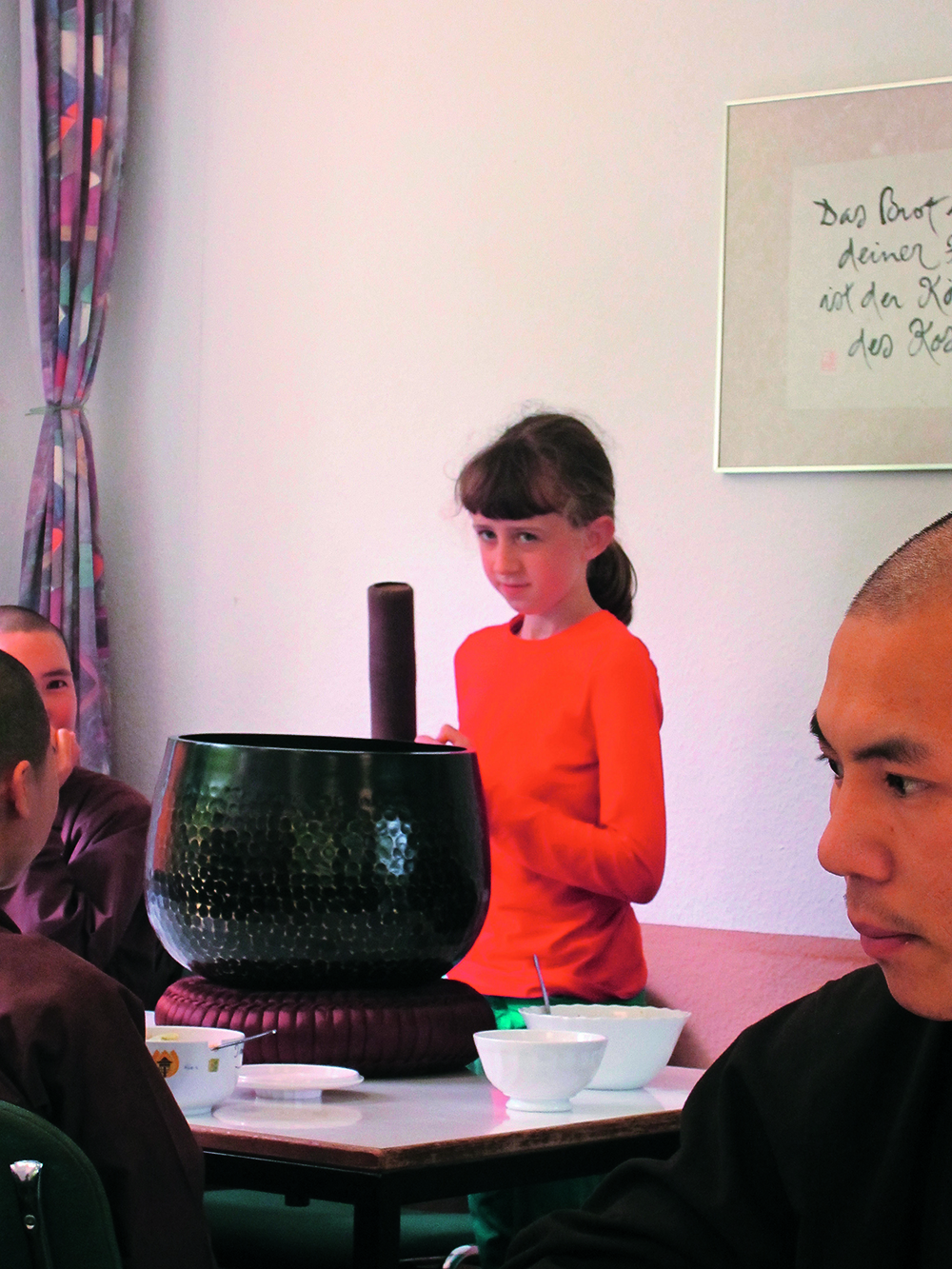
Young Again
We practiced as a real community. Tineke, whose joy in life is to “spread the Dharma amongst children,” offered us her love, inspiration, and skills. Adults joined the children’s games and looked younger and younger as they participated. How many times would a father who is a professor at a university have the opportunity to play “change trees” or to go on a treasure hunt with his child?
Activities for Everyone
Most of the activities were for the whole group; children and adults stayed together for most of the day. But there were also some separate activities, and there was time for the different families to be together and for children in different age groups. There were single parents, two mothers, grandparents with grandchildren, and classic father-mother-children families.
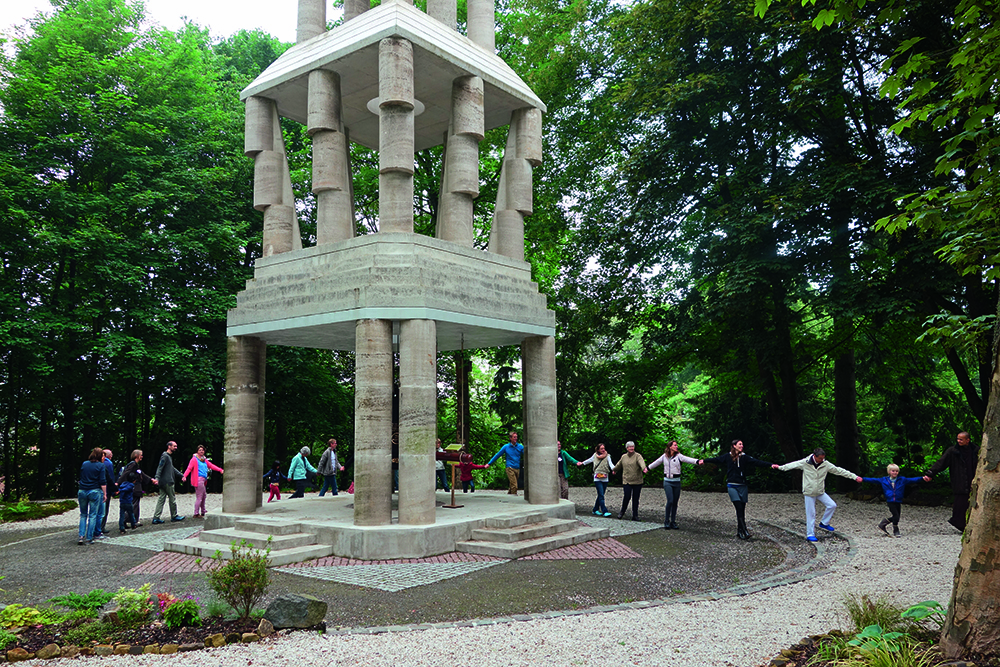
Support from Monastics
The nuns and monks arranged tea and cookies, cooked for us, offered sitting meditations early in the morning, and offered us a mindful setting. The children loved talking to them. During the introduction we asked the children, “Who has already seen nuns and monks?” They all responded that they had. “And what strikes you when you see them?” They all shouted, “They all smile! They all love children!”
One boy invited himself to eat with a group of monks several times, with only a bowl of white rice before him. The monastics shared little bites of other dishes with him and the boy ate everything. To his wondering mother he explained, “I eat it because it makes them smile.” Sometimes children chose to join the walking meditation with the monastics.
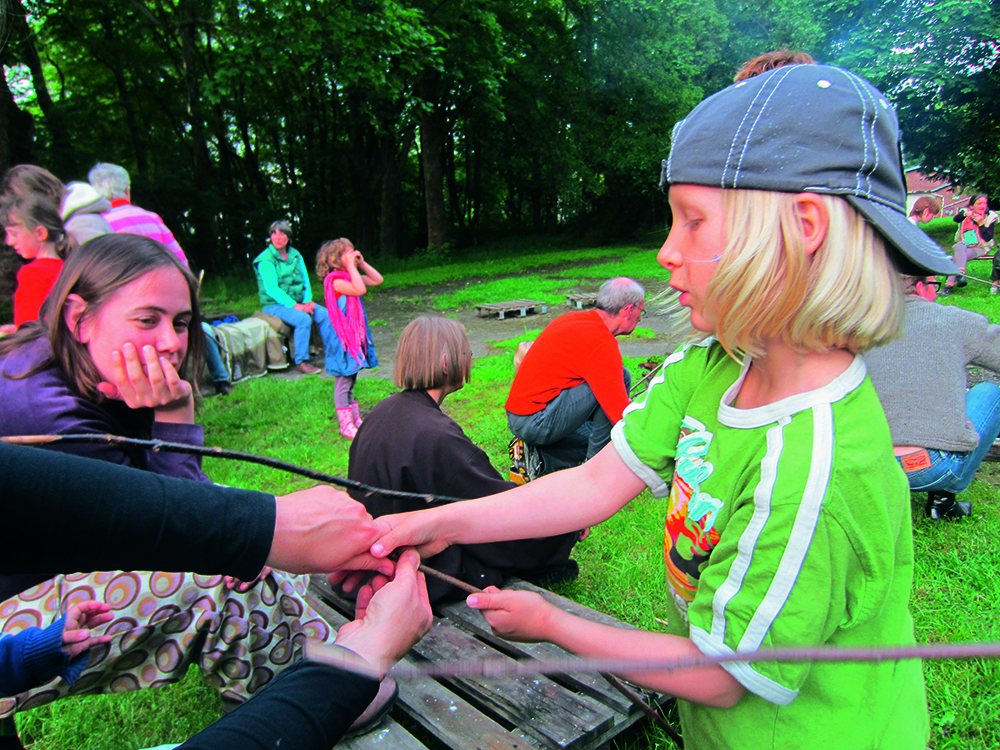
First Noble Truth
During the adults’ activity, we talked about the first Noble Truth, the existence of suffering, in family life. Much of it has to do with worrying about children, about comparing real situations with ideal images, and about the need to find some rest in the middle of a hectic life.
Some children felt at ease in the big group, and others needed more time or more space for themselves. This was all welcome. Adults as well as children were given the opportunity to have a consultation with someone from the staff. But for the children it seemed to work best to simply talk to other children.
Bonfire
On the last evening the families worked together in teams to prepare a bonfire to make bread sticks. Some organized the wood and others the dough; others made skewers to put the bread in the fire. And of course there was an entertainment and music team. It was a very beautiful evening.
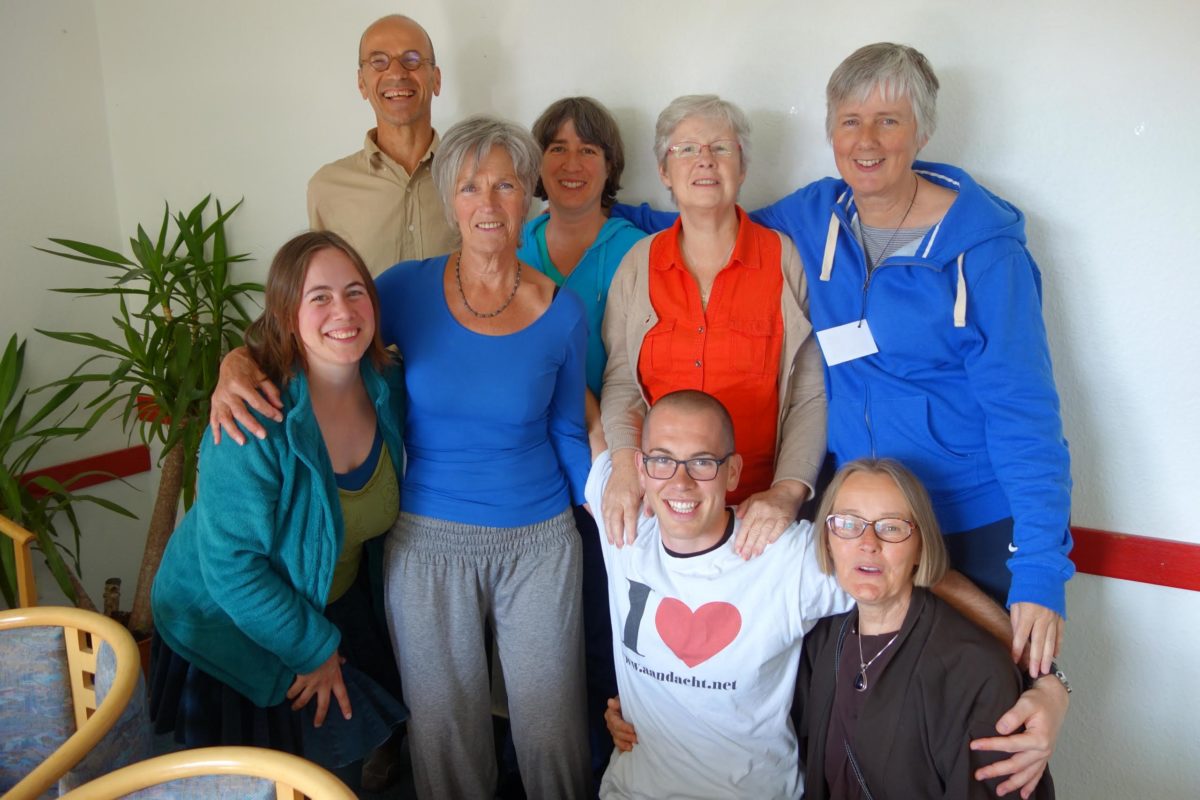
Marjolijn van Leeuwen has been a Dharma teacher since 2003. Together with a few friends, she started a centre called Vriendenhuis Nooitgedacht in the tradition of Thich Nhat Hanh, in Tricht, in the middle of Holland.
Tineke Spruytenburg, Chan Nha Huong, was accepted into the Order of Interbeing in 2006. She was trained to be staff in the children’s program in Plum Village and continued this work in the EIAB and the Netherlands (www.kinder-mindfulness.nl). With Claude Acker, Tineke spreads mindfulness amongst teachers (www.HappyTeachers.nu). Marjolijn and Tineke worked with Ludo, Maria and Maria, Ann, Claude, and Ellen to organize the family retreat.
Reprinted from EIAB Newsletter, August 2014

